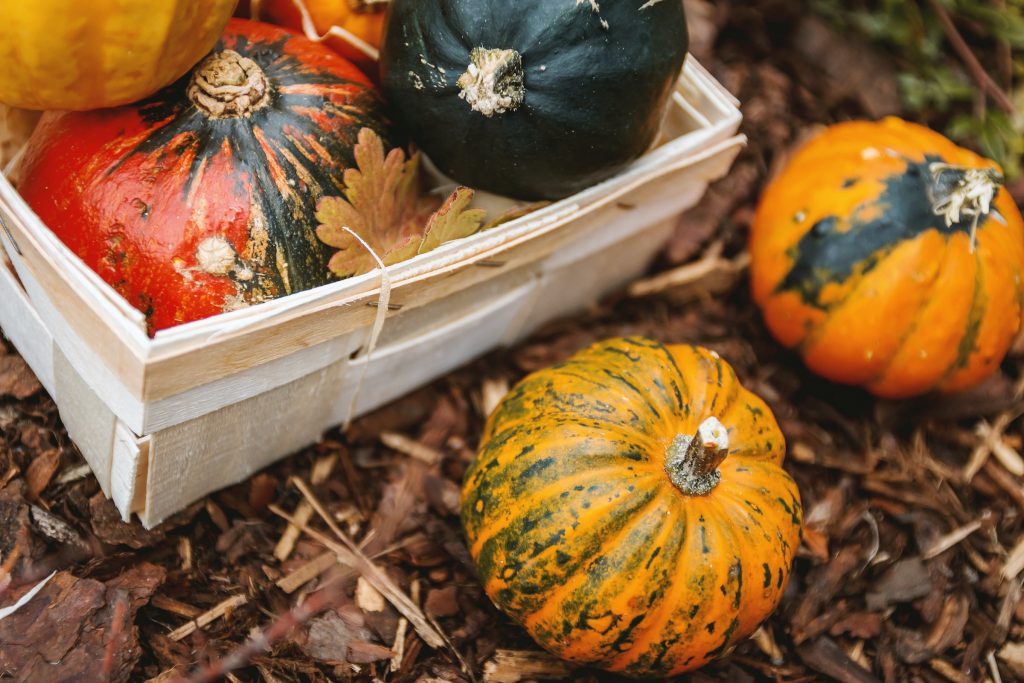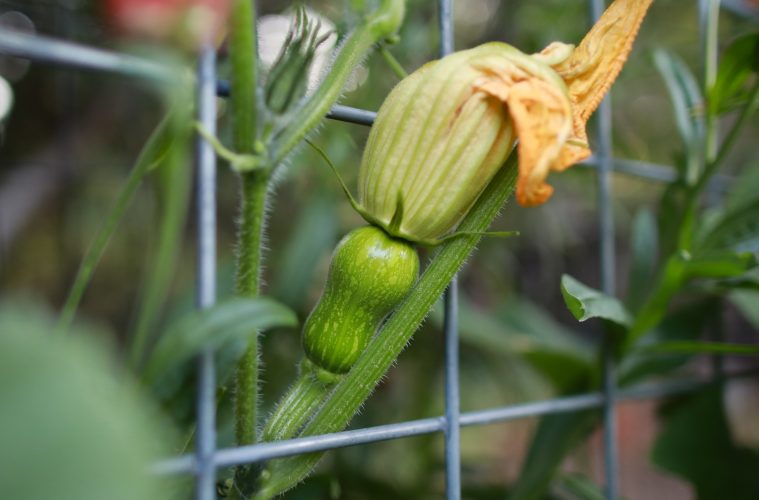Late July is the perfect time to prepare for planting your winter squash. You may recognise this fruit as the butternut or some variety of pumpkin. These fruit plants are easy to grow and take care of. Winter squash are harvested at the end of the growing season and cured to increase their shelf life, the skin hardens giving the squash the ability to store for longer.
Watch:
You can start planting squash in South Africa in late July. It is advisable to start off the planting indoors, sowing seeds in small pots and keep indoors until seedlings begin to sprout. You can also directly sow these seeds outside which will require soil prep a week before planting.
Preparing your soil
You want to add compost to the soil one week before planting. These plants require plenty of nutrients for growth so be generous with the fertiliser. Dig a hole about ten centimetres deep and fill with compost. Once filled, add a layer of fertiliser over the soil and let it be for a week. After a week has lapsed, you may begin sowing your seeds in the prepared soil.
Sowing in pots is also a reasonable alternative especially when planting mid-winter. Winter squash are sensitive to cold, so you only want to transplant your seedlings once the temperature begins to pick up at the start of the spring.
Planting and plant care
You will need to acclimate your potted plants to the outside by letting them spend some time outside to expose them to the temperatures. Leave them out for longer periods two weeks before planting in the ground.
Your squash loves water and will require a reliable watering method to thrive. A quick hack is sinking 15 cm pots alongside the squash plants and filling them with water. This will distribute water efficiently to the roots to encourage plant growth.
Plant these seedlings about 1.5 meters apart as they trail across the ground sometime reaching beyond their boundary in the garden.
Mulch with organic matter around your plants to retain water, add nutrients and prevent the growth of weeds. Avoid pesticides to encourage bees to pollinate the plants.
The harvest

Image credit: Unsplash
Harvest your squash at the end of the growing season when the plants begin to die back. Take care to leave a part of the stem attached to avoid rot. Other varieties can be harvested as they reach the desired size, such as baby marrows.
Once harvested, the winter squash need to be cured at room temperature or in a warm, sunny spot. Winter squash can be stored for up to 6 months at room temperature.
Featured image: Unsplash

